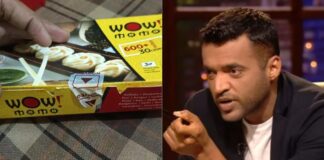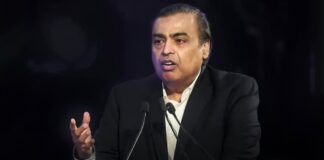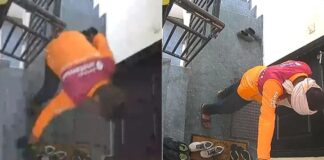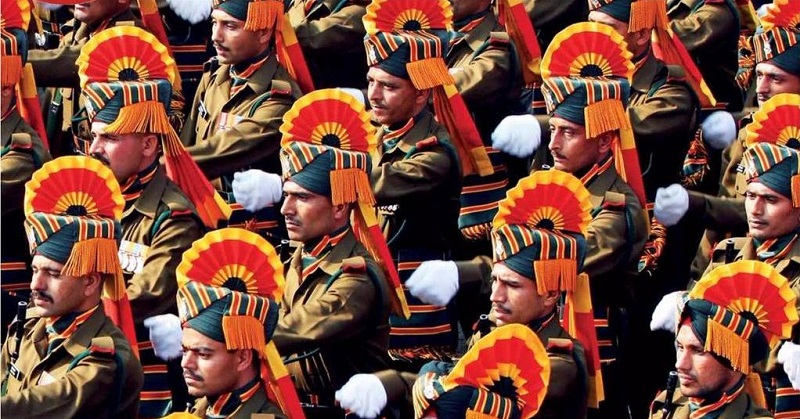
The only regiment in the Indian Army which was a princely force absorbed en bloc, Jammu and Kashmir Rifles has a long history of sacrifice, courage and conviction. They were the first to fight the the very first war of post-independence India in which, and also in subsequent campaigns, the soldiers of the regiment engraved their names among the mightiest.
1. The Jammu and Kashmir Rifles and Jammu and Kashmir Light Infantry are two different regiments of Indian Army.
What you see in the picture below are soldiers of the Jammu and Kashmir Rifles.
ADVERTISEMENT
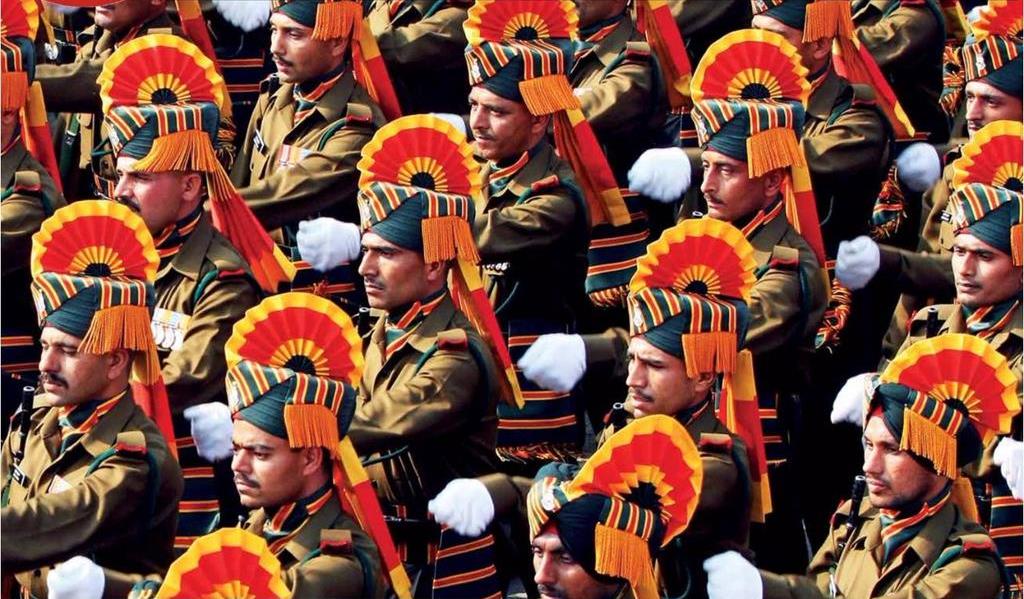
2. The Jammu and Kashmir Rifles is the only Indian Army regiment which was formerly an army of a princely state.
It became part of the Indian Army as a distinct regiment after independence.
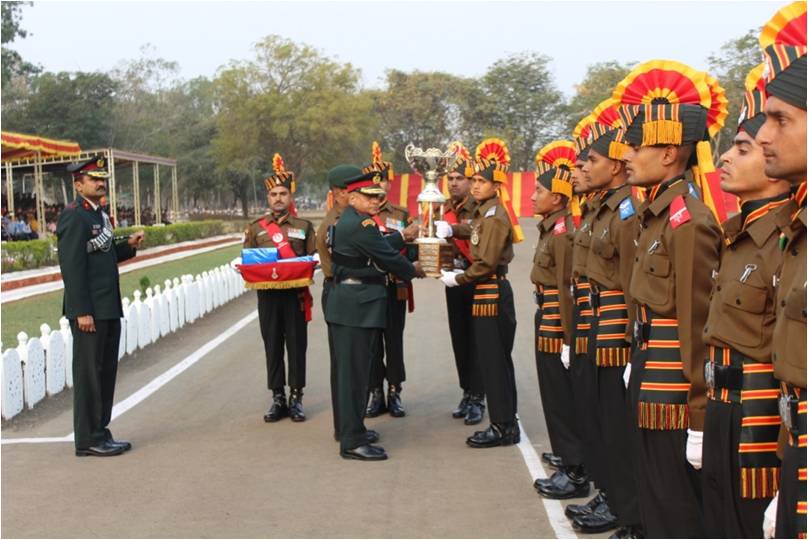
3. It was re-designated Jammu and Kashmir Rifles in 1963.
Before this, the regiment was known as Jammu and Kashmir State Force.
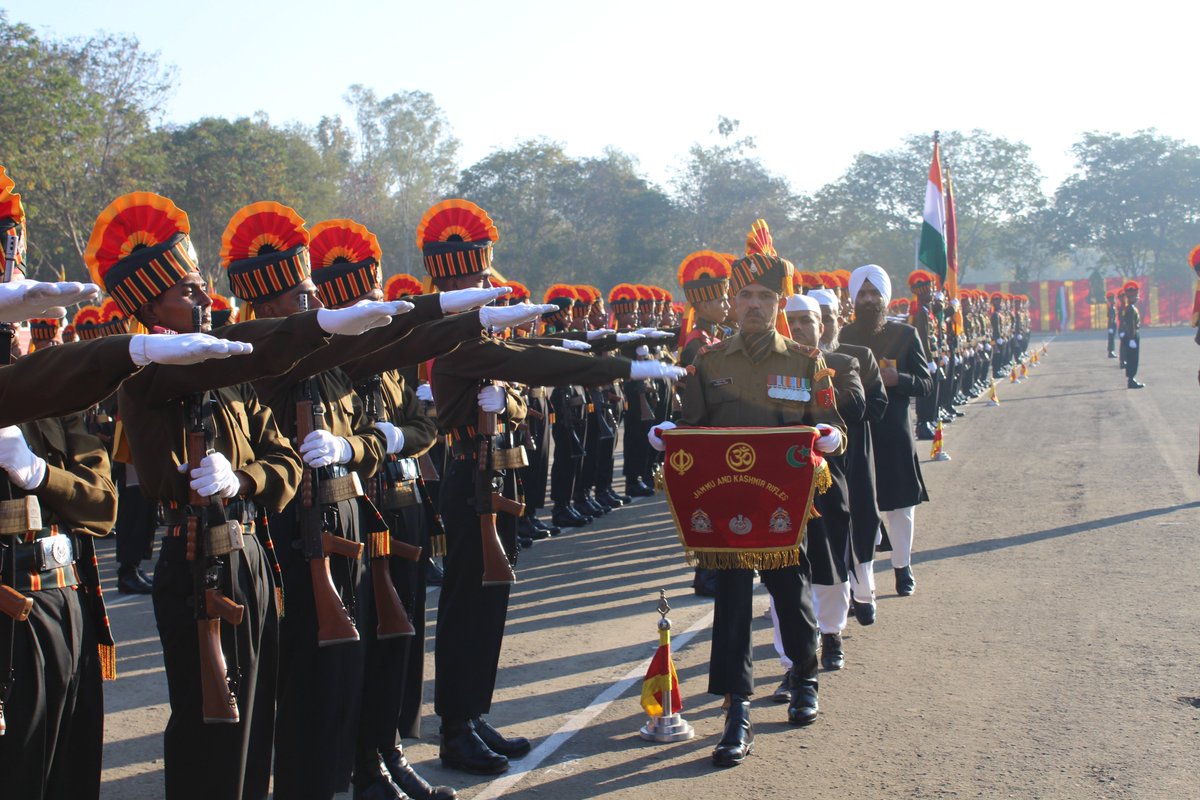
4. The roots of the regiment lies in the army of Raja Gulab Singh of Jammu, who was the most powerful chief of the Sikh Empire till his death in 1857.
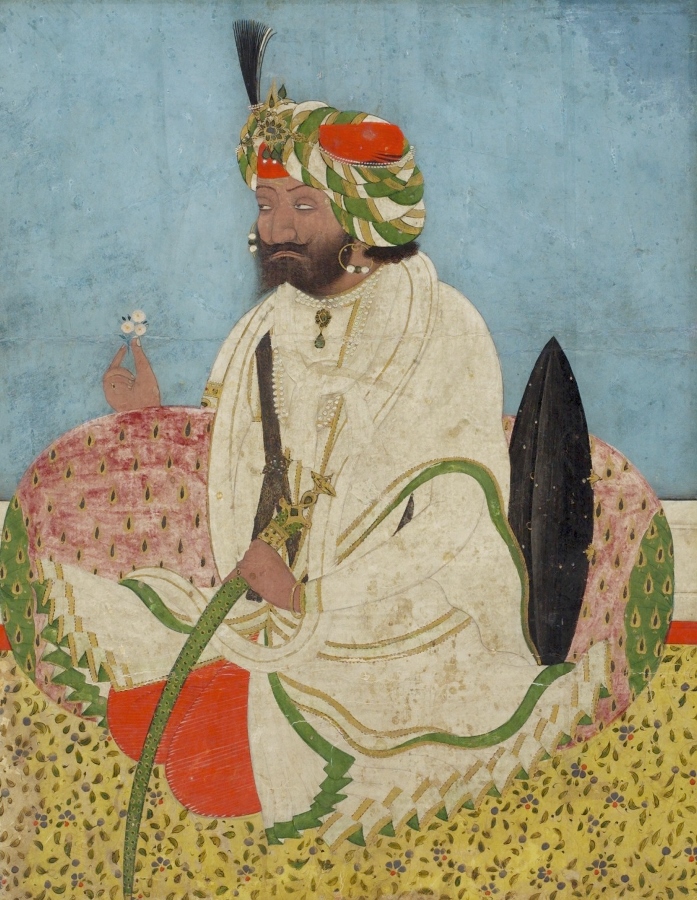
5. Gulab Singh raised a small army of Dogra troops consisting of 3 infantry regiments, 15 light artillery guns and 40 garrison guns.
These would go on expanding into a larger fighting force till the fall of the Sikh Empire in 1849. Then they became the army of the Maharaja of Jammu and Kashmir under British suzerainty till 1947 when Maharaja Hari Singh signed the Instrument of Accession making J&K a part of India.
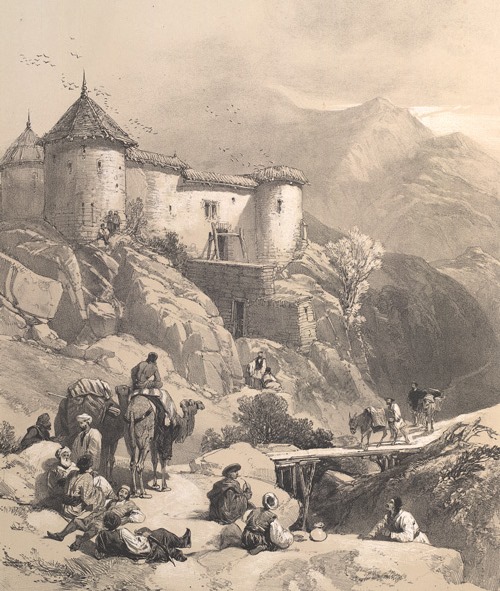
6. The Force was the largest of any princely state during the Colonial period between 1857 and 1947.
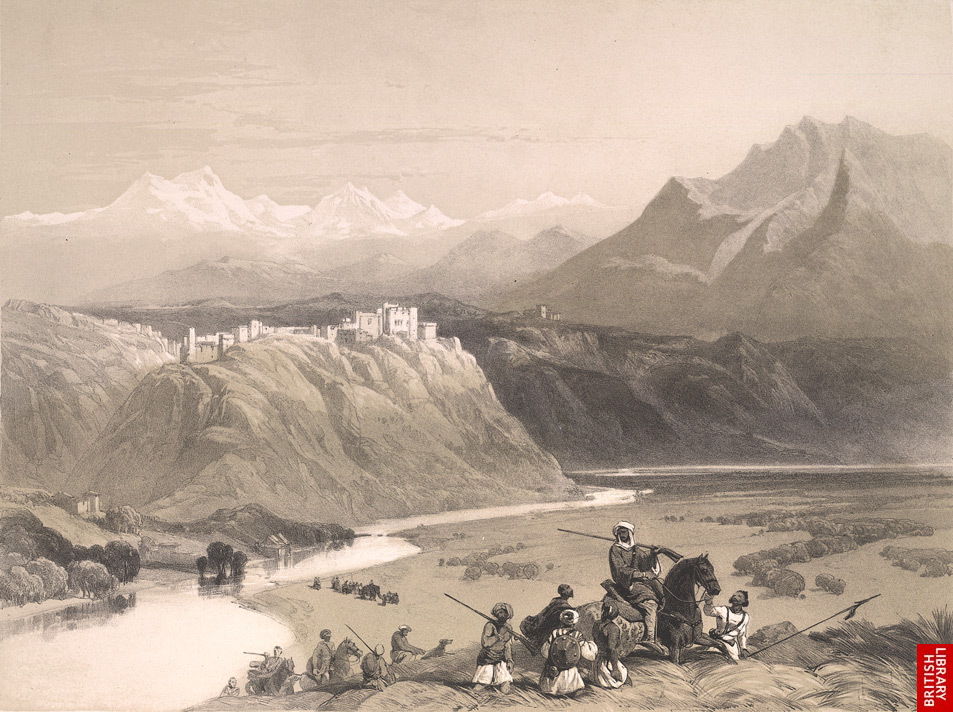
7. The Force fought for the British in the many wars that happened between 1857 and 1947, including World War II.
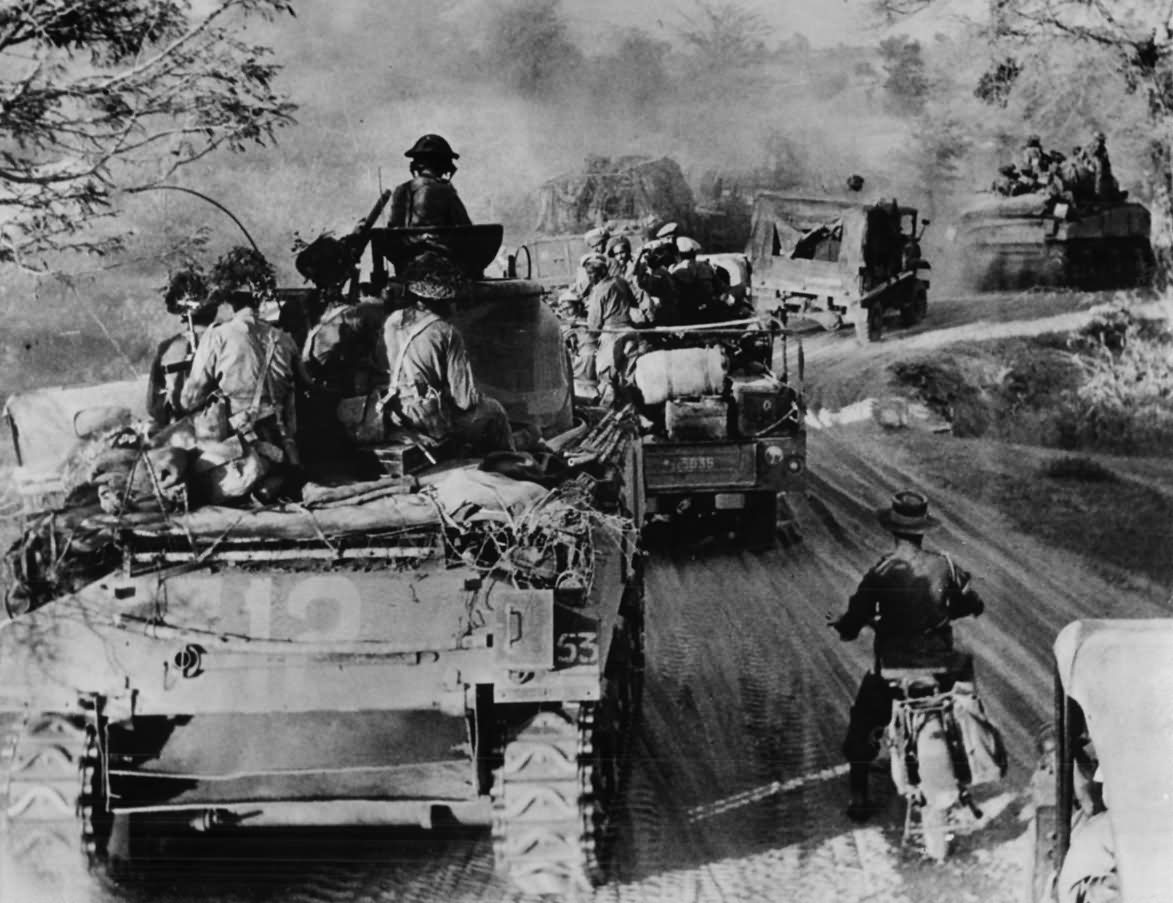
8. Before 1947, the battle honours earned by the State Force included Chitral, Palestine 1918, Kilimanjaro, Beho Beho, East Africa 1914–17, Meiktila, and Burma 1942–45.
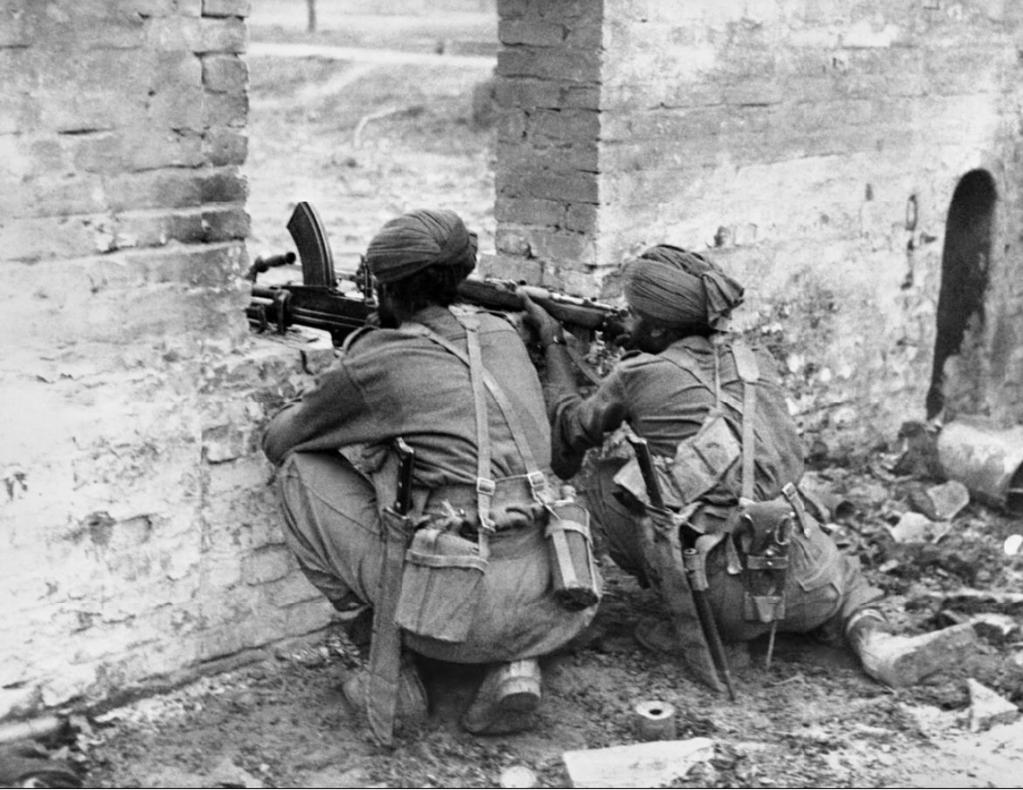
9. When Pakistan attacked Kashmir in 1947, the Jammu and Kashmir State Force was the first line of defence.
It was their valour in the face of overwhelming odds which helped give the Indian Army time to enter Jammu and Kashmir for the defence of the land from Pakistani invaders.
ADVERTISEMENT
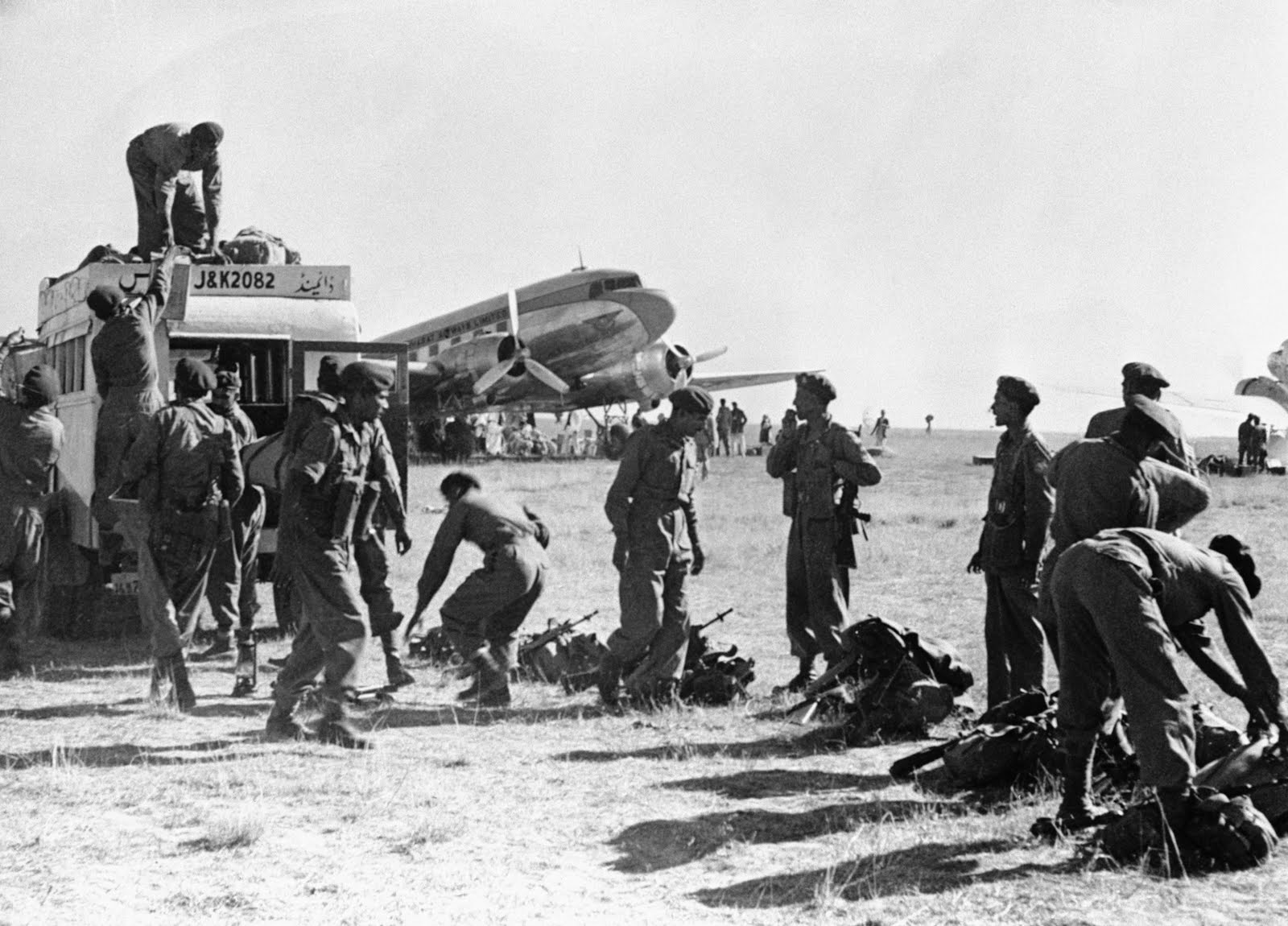
10. Brigadier Rajendra Singh, the Chief of Staff of the State Forces, was the first recipient of the Maha Vir Chakra.
He was honoured posthumously for his bravery at Uri. When many Muslim soldiers of the State Forces deserted and joined the Pakistani raiders, the Brigadier himself led 150 men to Uri and fought to the last breath for two days against the enemy. It was his gallantry that gave the time to Maharaja Hari Singh to sign the Instrument of Accession with India.
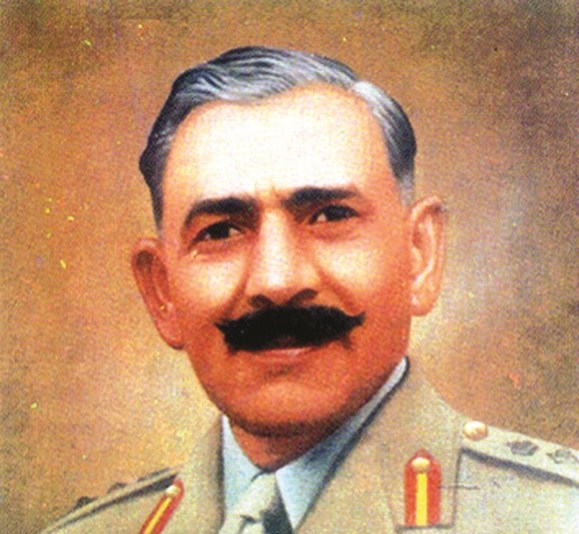
11. Following their reconstitution as Jammu and Kashmir Rifles, the regiment fought in the 1962 Indo-China war with distinction.
The soldiers from the Regiment defended the Aksai Chin region.
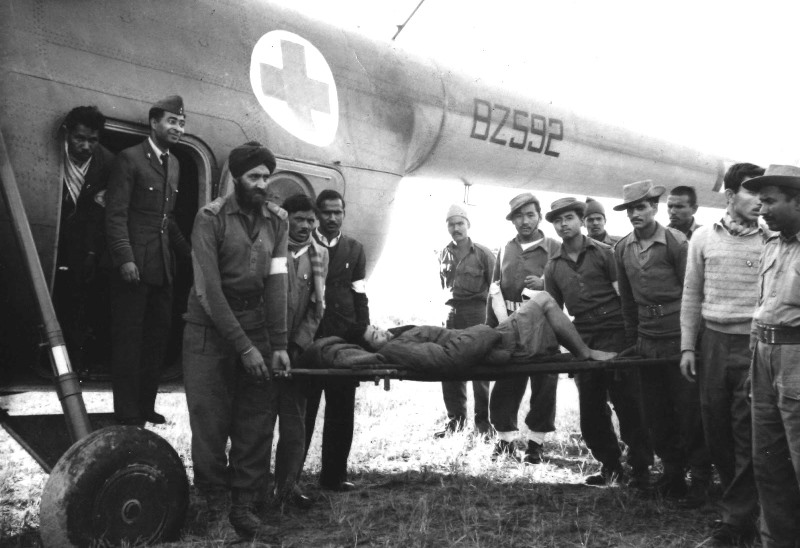
12. Like Jammu and Kashmir Light Infantry, the Rifles, too, have a large number of recruits from the districts of J&K.
The regiment also has recruits from neighbouring Himachal Pradesh and Punjab.
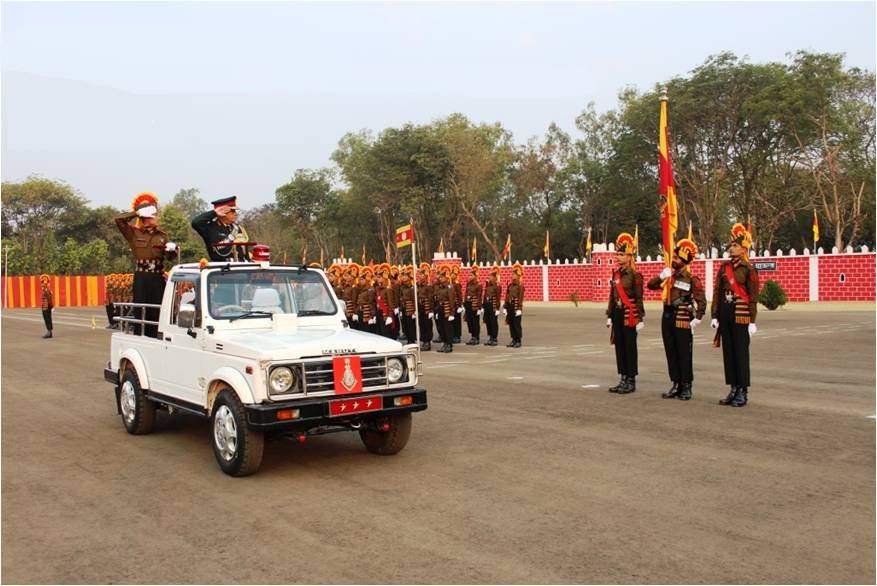
13. The Ladakh Scouts was a part of the Regiment till 2002, when it became a separate regiment.
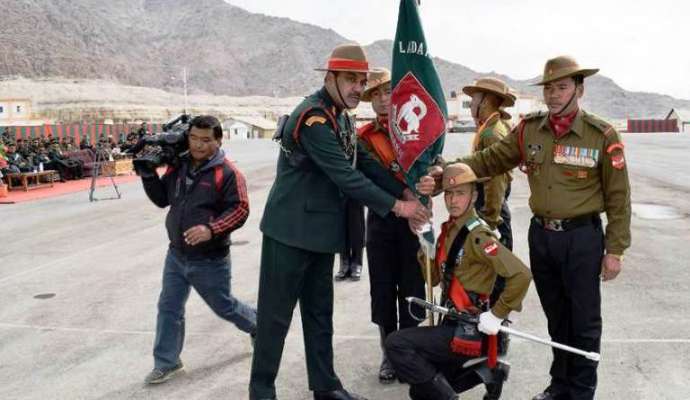
14. From 9 battalions in 1947, the Regiment has risen to 21 battalions.
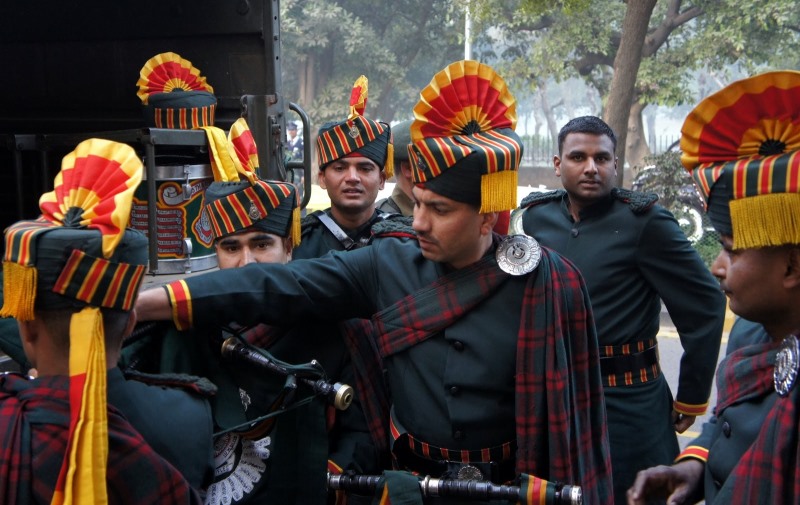
15. Brigadier Sher Jung Thapa was another recipient of the Maha Vir Chakra. He fought valiantly in the battle of Skardu.
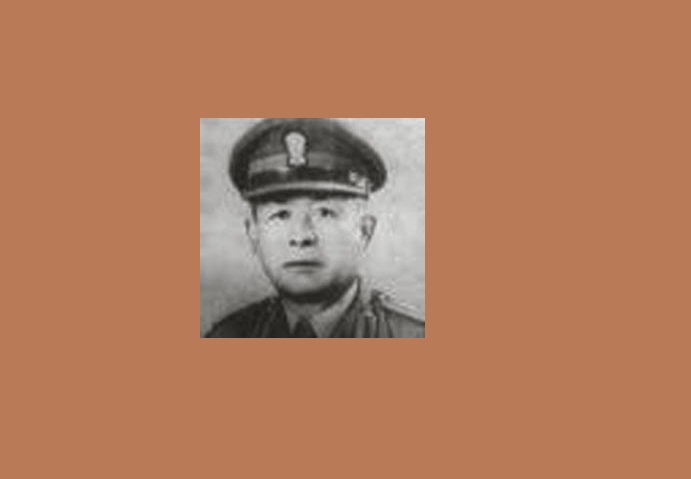
16. The regimental centre is located in Jabalpur, Madhya Pradesh.
The motto of the Regiment is Prashata Ranvirta which means “Valour in battle is praiseworthy”.
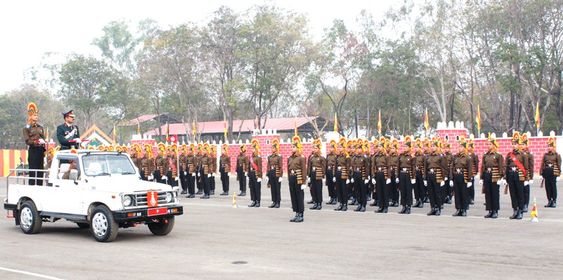
17. The Regimental insignia carries the image of Sun on an oval shield with the motto carved on it.
The war cry of the soldiers of this Regiment is Durga Mata Ki Jai, “Victory to Goddess Durga”.
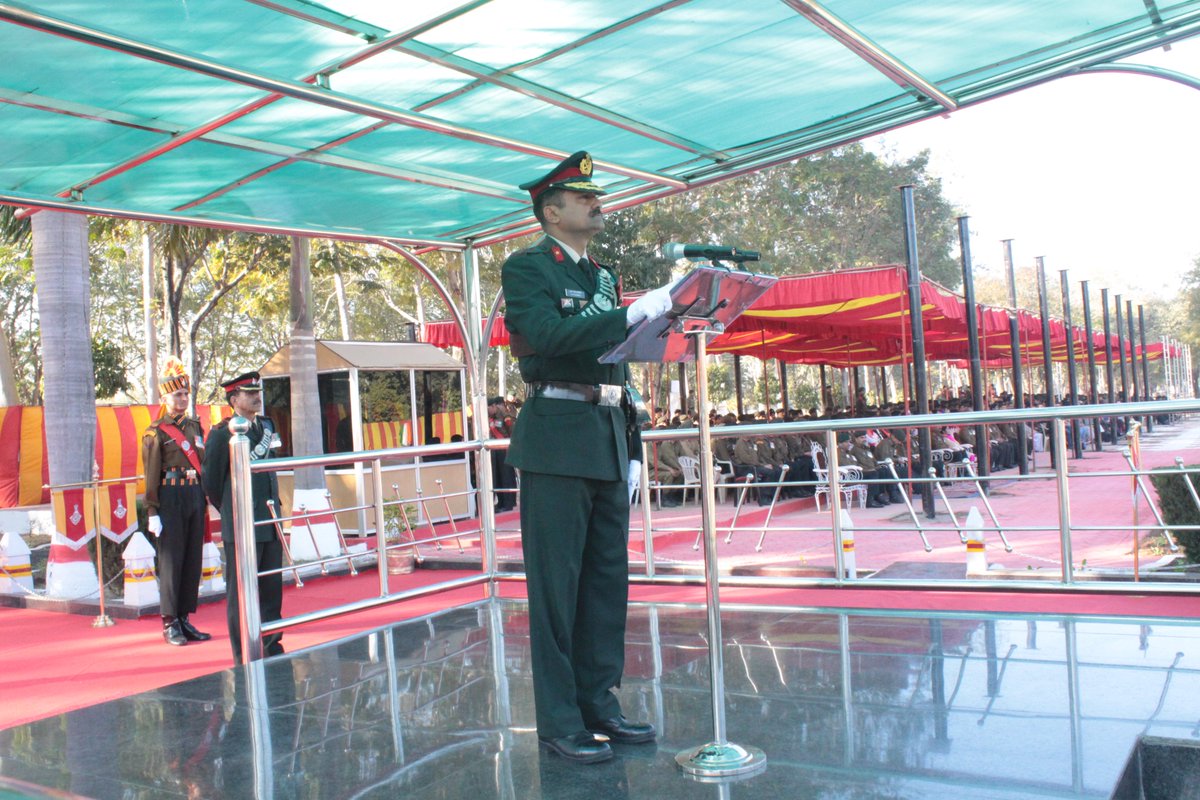
18. The Regiment has is one of the four regiments which have the distinction of being honoured with two Param Vir Chakras.
The other three are Kumaon Regiment, Poona Horse and Sikh Regiment. The Grenadiers have the highest number of PVC at 3.
ADVERTISEMENT
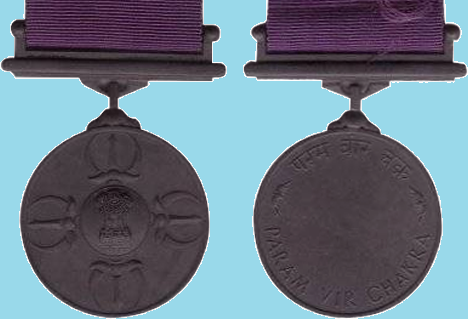
19. Rifleman Sanjay Kumar (now Subedar) of 13 Jammu and Kashmir Rifles is one of the three living recipients of Param Vir Chakra.
He fought valiantly in the capture of Flat Top of Point 4875 in the 1999 Kargil War.
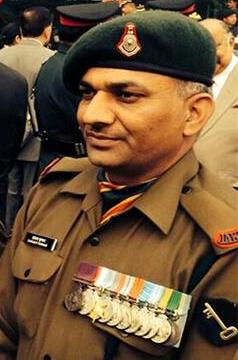
20. Captain Vikram Batra, who was one of the greatest heroes of 1999 Kargil War and was honoured with PVC, was from 13 J&K Rifles.
There are not enough words to describe the valour and sacrifice of the legendary soldier who was feared by the Pakistanis as “Sher Shah”.
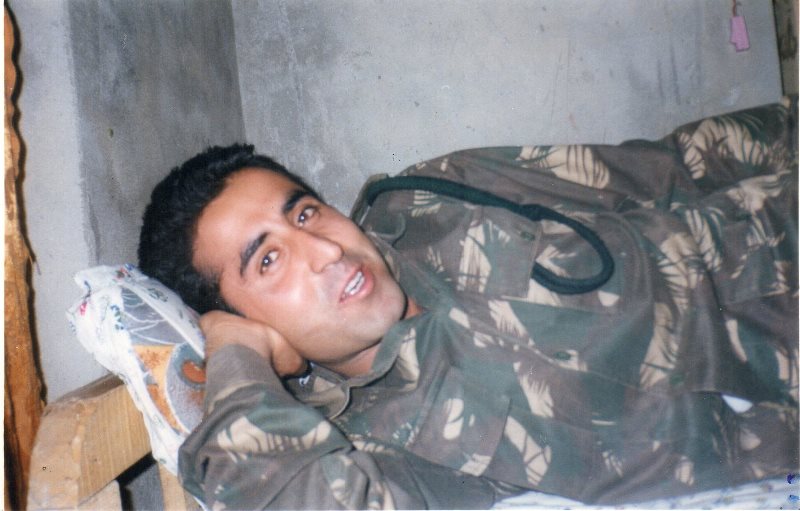
ADVERTISEMENT







